Dishwasher Venting Requirements
This article will give some insight into dishwasher venting requirements. This is one of the most common defects we find while performing a home inspection in Pembroke Pines, Florida, and surrounding South Florida areas. When the dishwasher drains into your kitchen’s plumbing system, there is a chance that dirty drain water can be siphoning back into the dishwasher.
If this is happening then your clean dishes or freshwater may be contaminated. To mitigate this, there are building codes that require a method of creating an air space in the dishwasher drain hose.
What is dishwasher venting?
Dishwasher venting prevents dirty water from re-entering the dishwasher. There are two common ways to do this: creating a high loop in the drain hose or connecting the hose to an air gap fitting that mounts to the top of the countertop or sink.
In any case, it is important to check local building and plumbing codes before installing a new dishwasher. The local code rules dictate the legal requirements in your area. Contact your city’s building department or visit online for more information. In some areas, a high loop is a minimum requirement, but in many other jurisdictions, an air gap must be installed with all new dishwashers.
Dishwasher venting: What is a high loop?
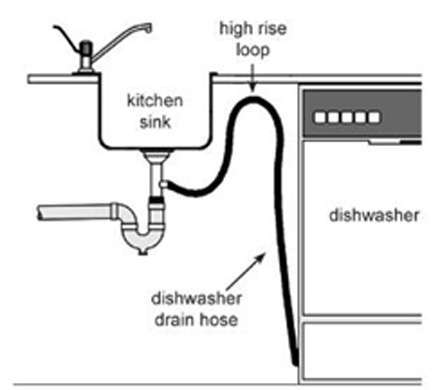
Dishwasher venting? What is an air gap?
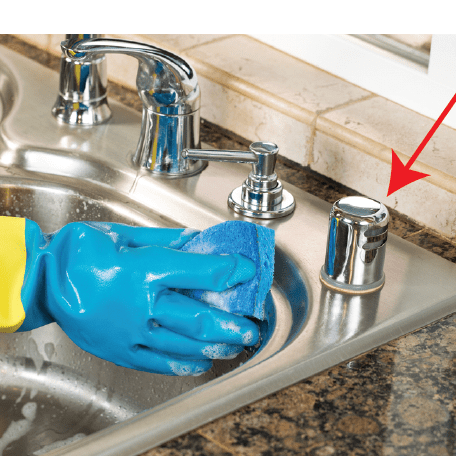
- Locate the air gap hole on your counter
- Connect the air gap to the dishwasher drain hose
- Connect the air gap to the drain hose or garbage disposal
- Push the air gap up through the hole on the counter
- Run your dishwasher on a fill cycle

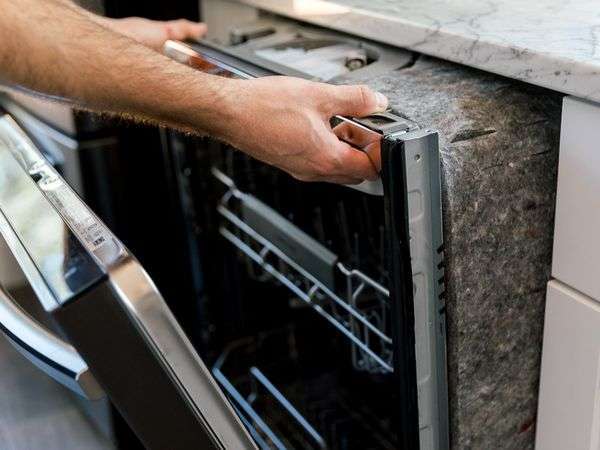

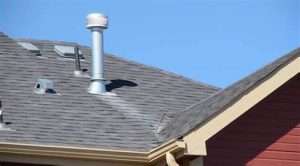
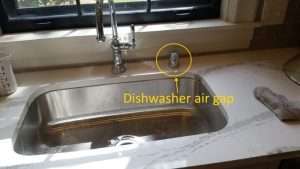
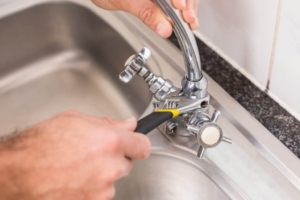

Pingback: Dishwasher Air Gap: Why Do We Need Them? 2022 - GGR Home Inspections